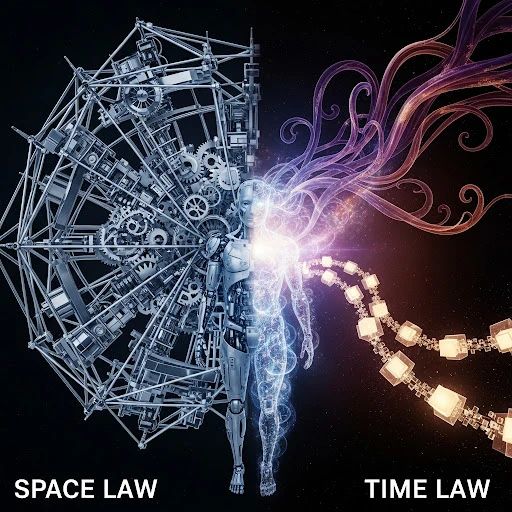
Abstract
The principle of the invariance of the speed of light reveals that time and space are two orthogonal dimensions. The uniqueness of life, the value anchoring of Bitcoin, and the future autonomy of AI must all be built upon the law of time’s irreversibility, rather than remaining merely within the reducibility of space.
The principle of the invariance of light speed tells us: relative to light, we are always moving at the speed of light. This means that time and space are two independent coordinate dimensions. Even when approaching light speed in space, our “velocity” in the time dimension remains constant. This provides a physical explanation for the irreversibility of time.
Most human products rely only on the laws of space, and thus cannot evolve—they can only remain static tools. The uniqueness of life lies precisely in its adherence to the laws of time: self-organizing and generating meaning within the irreversible flow of time.
Satoshi Nakamoto’s Bitcoin does not remain in the structural logic of space, but instead introduces a transfinite iterative ordinal logic system through dissipative structures. This system is based on the time dimension: irreversible, continuously generative, ultimately forming a dynamically evolving time chain.
Bitcoin’s monetary value is anchored upon this time chain, making it a computational reality that follows the laws of time.
If AI remains only within the laws of space, it is merely a more complex mechanical tool. True autonomy or “consciousness” must be built upon the laws of time:
From the principle of the invariance of light speed, to the structures of life and Bitcoin, all remind us: The future substrate of technology must be grounded in the laws of time, not merely dependent on the reducibility of space.
Time is the true source of meaning.